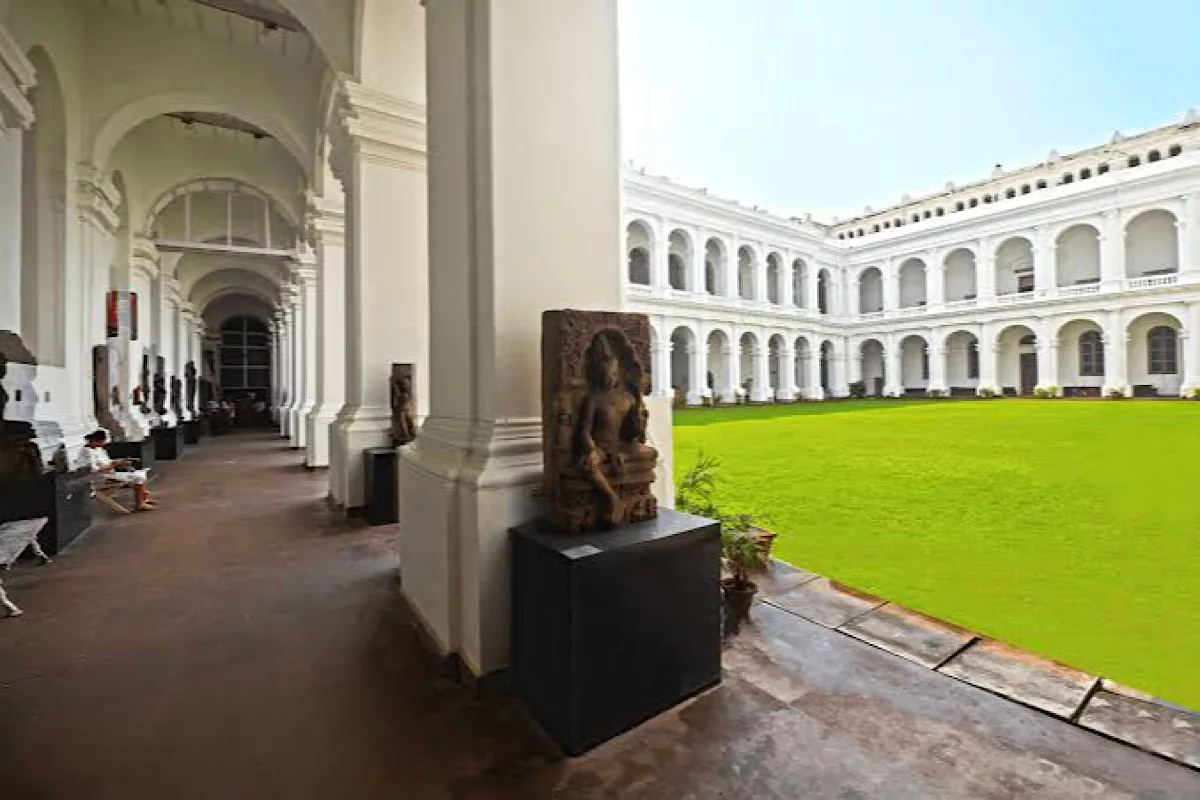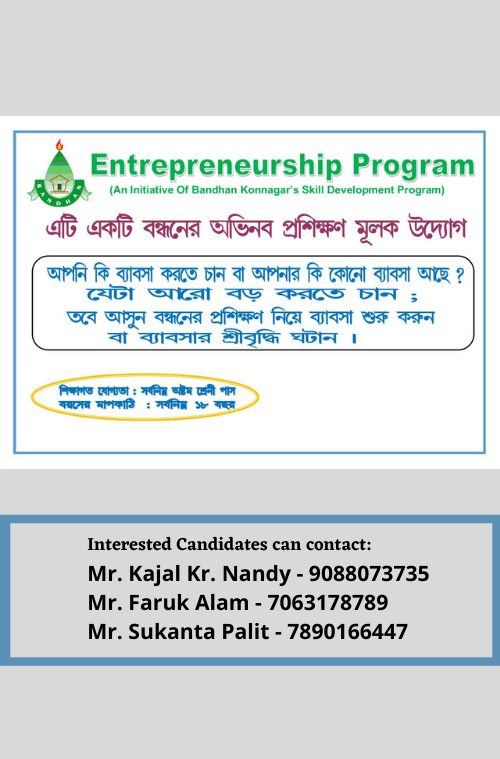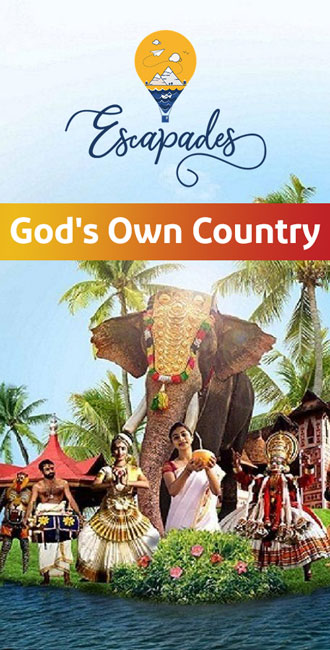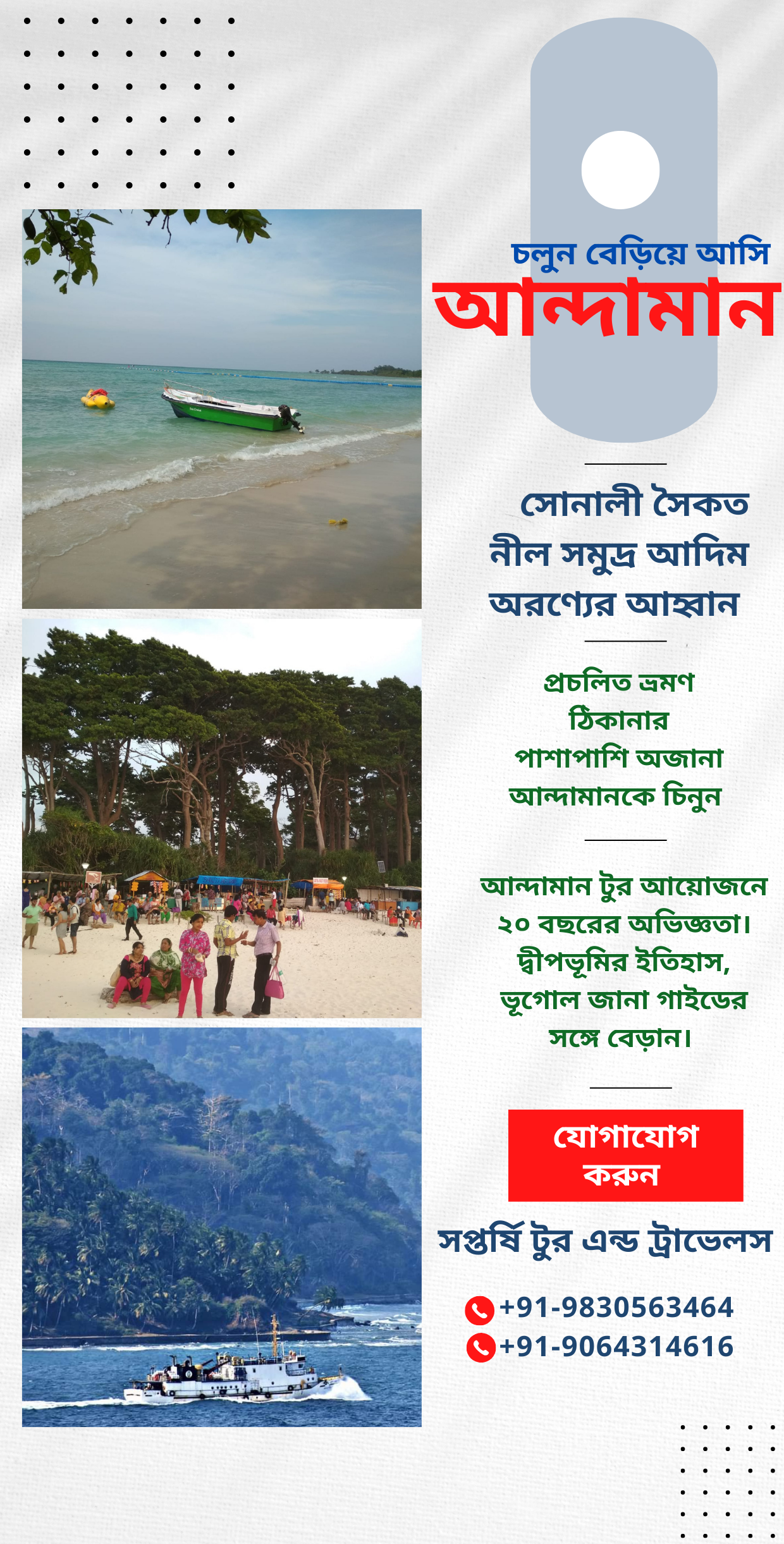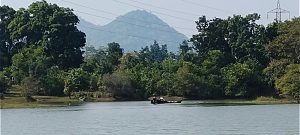Indian Museum located at the juncture of Jawharlal Nehru Road and Park Street, Kolkata (earstwhile Calcutta, West Bengal, India) is the earliest and largest Museum not only in Indian subcontinent but also in the Asia-Pacific region. The Museum was founded in 1814, and with the foundation of the Indian Museum the museum movement started to flourish in India.
The idea of Indian Museum originated in the credle of Asiatic Society. Sir William Jones, a profound scholar founded the Asiatic Society in 1784 in Kolkata. The aim to establish the Asiatic Society was to form a learning centre for the development of art and culture and preserve cultural as well as natural heritage of mankind within the limits of Asia.
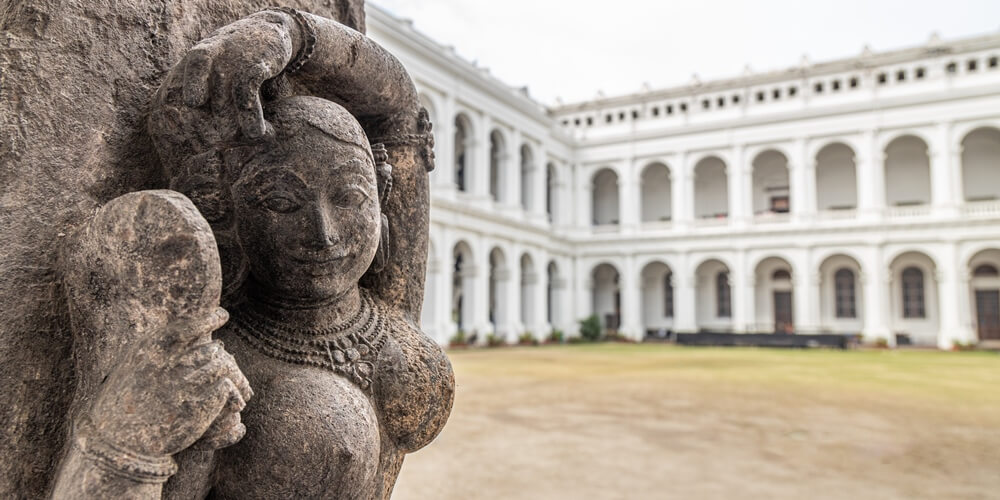
The idea got shape in 1808 when the society got its premises at the corner of Park Street on a land granted by the Government. Six years later the intention of establishing a museum got momentum when Dr. Nathanial Wallich came forward to materialize the plan of foundation of a museum. Dr. Nathanial Wallich was a Danish Botanist. He had been taken prisoner at the siege of Serampore, Hoogli, but was released by the Government in recognition of his scientific attainments. Dr. Wallich wrote a letter to the Asiatic Society in which he strongly advocated the formation of the proposed Museum. He gave a proposal to the Society offeing himself as the honorary curator of the proposed museum and offered valuable articles from his personal collections. The proposal of Dr. Nathanial Wallich was readily accepted by the Asiatic Society.
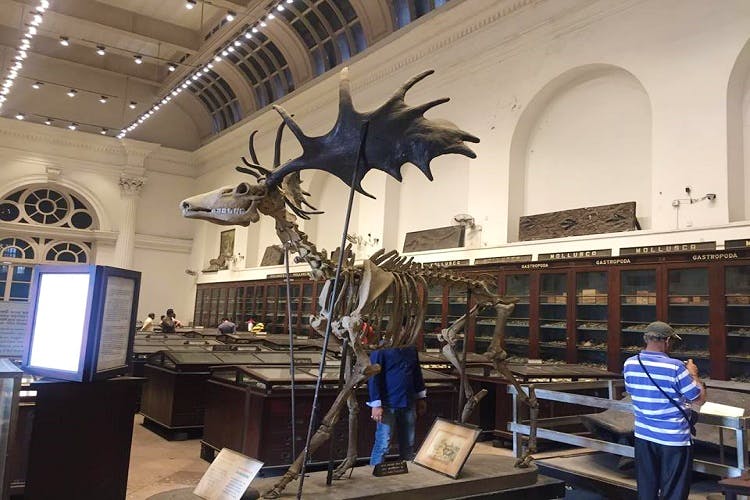
Thus a museum was established on 2 February 1814 under the guidance of Dr. Wallich. he became the honourary curator of the Oriental Museum of the Asiatic Society.
Preservable objects were collected from different parts of the country for the museum. European and Indian contributors started gifting objects to the museum.
From 1814 to 1878 the museum was at the Asiatic Society of Park Street, Kolkata. In 1875 the present museum building on Chowringhee designed by W.L. Grandville was completed. The Society Museum was shifted from the Asiatic Society to the present building and it was thrown open to the public with two galleries on 1 April, 1878.
In the beginning the museum was named as ‘Asiatic Society Museum’, subsequently it was Known as ‘Imperial Museum’ and later it was named as ‘Indian Museum’.
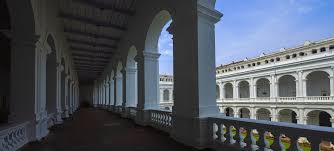
Now, the Indian Museum comprises several gallaries devoted to Zoology, geology, archaeology, anthropology. There are Bronze Gallery, Coin Gallery, Egyptian Gallery, Gandhara Gallery, Decorative Art Gallary. The museum contains cultural history of India from prehistoric to muslim times. The geological Section is the largest in Asia. The Coin Gallery contains the biggest collection of Indian coins. Art Section contains Indian and Persian paintings. the Art section is noted for its textiles, carpets and lacquer, pottery and glass works. One of the major attractions of the Indian Museum is the Egyptian Mummy exhibited along with a mummified hand in the first-floor gallery.
Entry Fee
For adults Rs. (INR) 75
For visitors below 18 years Rs. 20
Children below 5 years free
For Foreign Nationals -INR 500
The Museum remains open from Tuesday to Sunday (10 AM to 6 PM), it remains closed every Monday and on public holidays.
Address: Indian Museum, 27, Jawaharlal Nehru Road, Park Street, Kolkata-700016
Phone: (033) 2252-1790.
Website https://indianmuseumkolkata.org/
Photo courtesy
Indian Museum
Kevin Standage
LBB


